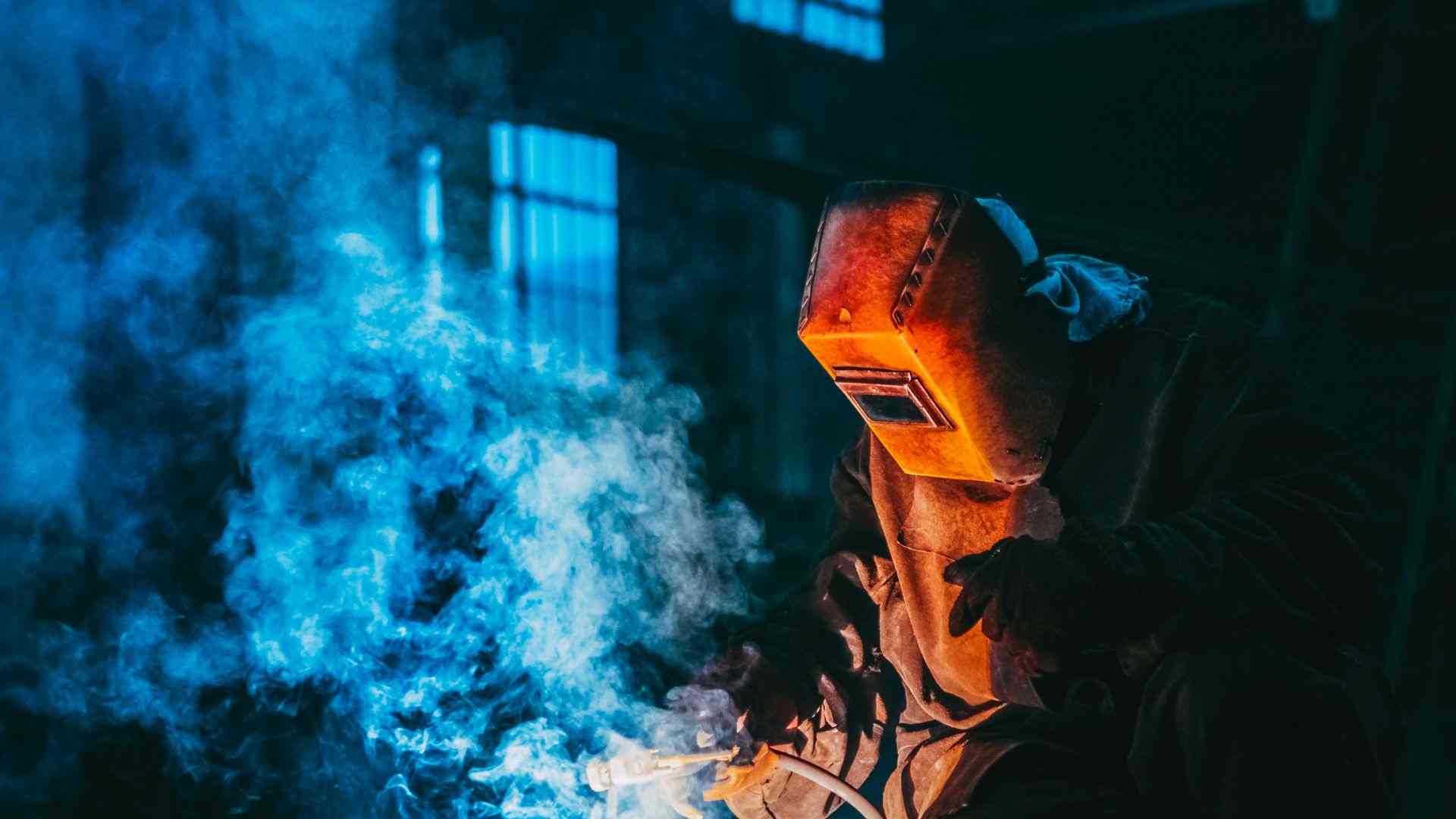Advancements in Welding Technology: Innovations and Trends

In the swiftly evolving realm of welding technology, we witness groundbreaking advancements influenced by the synergy of engineering, material sciences, and computational innovation. The progression from classic methodologies to the integration of robotic automation and artificial intelligence (AI) marks a significant transformation, reflecting the industry’s adaptability to the diverse and growing needs of modern manufacturing and construction sectors.
Our exploration will delve into cutting-edge trends in welding, analyse their respective advantages and constraints, and shed light on the transformative impact they are imparting on the very fabric of welding practices.
What is Welding?
Welding is a foundational technique used to fuse metal or thermoplastic materials together, forming a secure and permanent bond. This method is not just a cornerstone of industrial manufacturing and construction; it is also vital in sectors such as automotive, aerospace, and infrastructure development. Emerging technologies have significantly enhanced the efficiency, accuracy, and adaptability of welding, revolutionising its application across an array of industries.
Companies like Miller Welders, Lincoln Electric, and ESAB are at the forefront of welding innovation, developing cutting-edge equipment that offers increased precision, control, and safety to welders worldwide.
The Evolutionary Leap in Welding Techniques
The transformation of welding technology from its manual roots to sophisticated automation encapsulates the industry’s proactive approach to innovation. While traditional forms like gas, stick, MIG, and TIG welding maintain their relevance through technological enhancements, the spectrum of welding has burgeoned to encompass advanced techniques.
Plasma welding, laser welding, electron beam welding, and friction-stir welding represent the pinnacle of this evolution, each offering unique benefits in precision, efficiency, and material compatibility. These state-of-the-art processes underline the welding industry’s commitment to adopting cutting-edge technology to meet the complex demands of contemporary manufacturing.
Automation and Robotics in Welding
Automation and robotics are stealing the show in the latest welding saga, set to rewrite the industry’s future script. Robotic welders, armed with AI and ML superpowers, are here to revolutionise operational efficiency and precision. These bots excel at nailing repetitive tasks flawlessly, serving up top-notch welds. Thanks to AI and ML, these robots aren’t just performers; they’re evolving stars—learning the ropes to boost their game and ramp up their skills, all while expanding their bag of tricks.
For the companies hopping on this innovation rollercoaster, the perks are aplenty: smoother workflows, quicker production cycles, and resource management on steroids. What’s more, the humans-and-robots tag team is giving welders a makeover, putting safety first as automated systems tackle the risky business while opening up new avenues for strategic and creative pursuits.
The welding world, always on the brink of the next big thing, is now basking in the glow of robotic marvels and the endless possibilities unlocked by AI and ML. Pros in this domain better keep up with these tech strides to stay in the game. As welding evolves, those who ride the tech wave stand to enhance their craft, boost their output, and deliver stellar performances in a galaxy of welding tasks.
Digitalisation
The digital revolution in welding isn’t just sparks and metal—it’s a high-tech tango of efficiency and precision. With advanced tools and software, welders now call the shots from design to inspection. No room for errors here! It’s like a digital dance before the welding waltz begins, saving time and money. Traditional meets digital in welding, creating welds so good they’re practically poetry.
IoT and Sensor Integration
The welding world is getting a hi-tech makeover with the Internet of Things and fancy sensors strutting their stuff. IoT gadgets cozying up to welding gear bring in real-time data magic, making welding smarter than ever. It’s like having a crystal ball for maintenance, predicting hiccups before they crash the party.
Downtime bows out, thanks to remote fix-it wizards working their magic from afar. Sensors play guardian angels, ensuring welders strut their stuff safely while delivering top-notch work. With IoT and sensors as sidekicks, the welding realm crafts a future where every weld is a sizzling fusion of info, precision, and flair.
Pivotal Role of Welding Across Industry Sectors
Welding serves as the backbone across multiple industries, underpinning the structural integrity and quality of countless products and infrastructures. In the automotive domain, it provides the robust joins needed from the chassis to the minutiae of exhaust systems. Aerospace applications depend on the precision welding of critical components such as turbines and airframes.
Within the construction industry, welding is indispensable for erecting steadfast structures, connecting beams to create the skeletons of skyscrapers, and seamlessly sealing the facades of modern edifices. High-calibre welding not only ensures the longevity and reliability of these applications but also significantly elevates safety standards, impacting both the industry’s output and the end-user experience.

